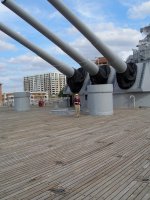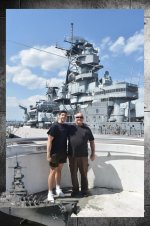ace22
Member
- Joined
- Jan 13, 2011
- Messages
- 1,238
- Reaction score
- 1,223
just an article on some obsolete boats from another era.
imo although they've been surpassed by other technologies i just can't wrap my mind around the idea that they're obsolete.
article with some great pics!
https://www.msn.com/en-us/news/us/i...23b3654ef8d4ddfa7372edbf20b0cb2&ei=63#image=7
imo although they've been surpassed by other technologies i just can't wrap my mind around the idea that they're obsolete.
article with some great pics!
https://www.msn.com/en-us/news/us/i...23b3654ef8d4ddfa7372edbf20b0cb2&ei=63#image=7





